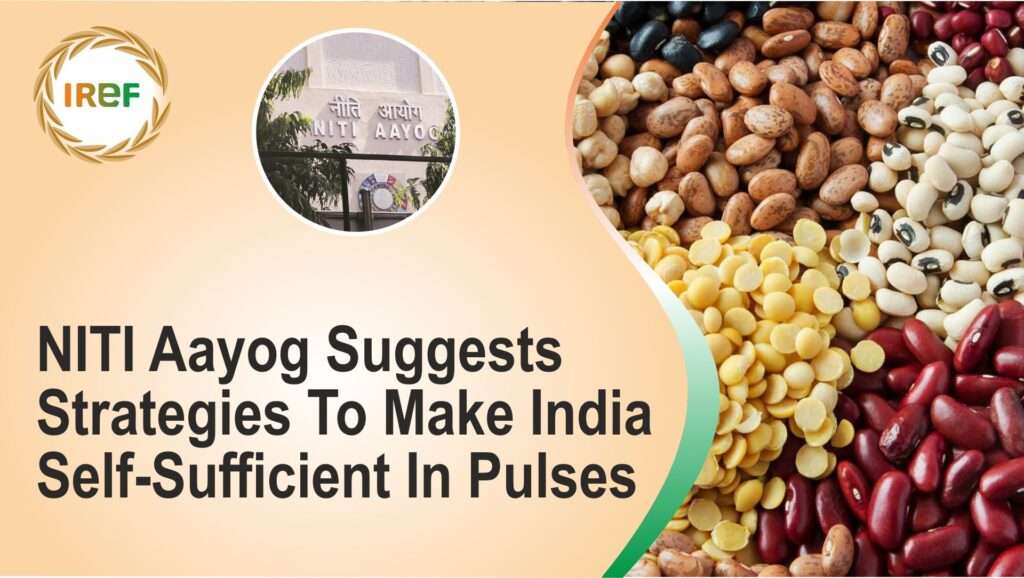September 6, 2025
NITI Aayog, the public policy think tank, suggested some strategies and pathways to the government to make India self-sufficient in the field of pulses by 2030 and double the production of pulses by 2047.
According to the report, India’s pulses production is set to witness steady growth in the coming years, with output projected to rise to 34.45 million tonnes by 2030 and 51.57 MT by 2047, an increase from 26.06 mt in 2022.
What did the NITI Aayog’s report state further?
Furthermore, the report stated that the predictions are based on both aggregate and crop-wise predictions. The individual crop-level estimates place production at 32.1 MT by 2030 and 50.7 MT by 2047, which are connected with the aggregate projections.
Notably, the report illustrated numerous recommendations to attain self-sufficiency in the pulse sector, such as area retention and diversification through targeted crop-wise clustering, adoption of customised technologies for agro-ecological sub-regions, focus on high-quality seed distribution and treatment kits, stressing 111 high-potential districts along with ‘one block one seed village’ cluster-based cultivation.
Not only this, the report also highlights that proactive climate adoption measures and driving data-led transformation via detailed monitoring and a decision support system are pivotal for Aatmanirbharta. In its report, NITI Aayog further noted an increase in production, reaching an estimated 34.45 MT by 2030 and 51.57 MT by 2047, an increase from 26.06 MT in 2022.
Additionally, the report presented that the average share of seed, feed and wastage was 11.2 per cent of gross production, which was used to estimate supply over the past decade. Based on this, the supply of pulses is predicted at 30.6 MT by 2030 and 45.8 MT by 2047.



